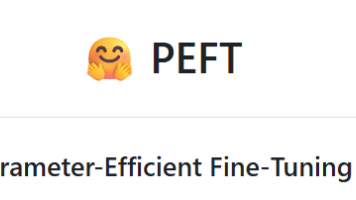A. Mainak and Array
解题说明:此题采用贪心算法,首先找出数列中最大值和最小值,然后分别考虑下面三种情况,把最小的放第一位、把最大的放最后以及找出a[ i ]- a[ i + 1 ] 的最大值,在这三种情况下求出最大值。
time limit per test
1 second
memory limit per test
256 megabytes
Mainak has an array a1,a2,…,an of n positive integers. He will do the following operation to this array exactly once:
- Pick a subsegment of this array and cyclically rotate it by any amount.
Formally, he can do the following exactly once:
- Pick two integers l and r, such that 1≤l≤r≤n, and any positive integer k.
- Repeat this k times: set al=al+1,al+1=al+2,…,ar−1=ar,ar=al (all changes happen at the same time).
Mainak wants to maximize the value of (an−a1) after exactly one such operation. Determine the maximum value of (an−a1) that he can obtain.
Input
Each test contains multiple test cases. The first line contains a single integer t (1≤t≤50) — the number of test cases. Description of the test cases follows.
The first line of each test case contains a single integer n (1≤n≤2000).
The second line of each test case contains n integers a1,a2,…,an (1≤ai≤999).
It is guaranteed that the sum of n over all test cases does not exceed 2000.
Output
For each test case, output a single integer — the maximum value of (an−a1) that Mainak can obtain by doing the operation exactly once.
Example
Input
Copy
5
6
1 3 9 11 5 7
1
20
3
9 99 999
4
2 1 8 1
3
2 1 5
Output
Copy
10 0 990 7 4
Note
- In the first test case, we can rotate the subarray from index 3 to index 6 by an amount of 2 (i.e. choose l=3, r=6 and k=2) to get the optimal array:
[1,3,9,11,5,7–––––––––]⟶[1,3,5,7,9,11–––––––––]
So the answer is an−a1=11−1=10. - In the second testcase, it is optimal to rotate the subarray starting and ending at index 1 and rotating it by an amount of 2.
- In the fourth testcase, it is optimal to rotate the subarray starting from index 1 to index 4 and rotating it by an amount of 3. So the answer is 8−1=7.
解题说明:此题采用贪心算法,首先找出数列中最大值和最小值,然后分别考虑下面三种情况,把最小的放第一位、把最大的放最后以及找出a[ i ] - a[ i + 1 ] 的最大值,在这三种情况下求出最大值。
#include<stdio.h>
int main()
{
int n, m, a, b, min, max, i, j, max1;
int arr[2005] = { 0 };
scanf("%d", &n);
for (j = 1; j <= n; j++)
{
scanf("%d", &m);
for (i = 1; i <= m; i++)
{
scanf("%d", &arr[i]);
}
min = arr[1];
max = arr[1];
a = 0;
b = 0;
for (i = 1; i <= m; i++)
{
if (arr[i] <= min)
{
min = arr[i];
}
if (arr[i] >= max)
{
max = arr[i];
}
}
max1 = max - arr[1] > arr[m] - min ? max - arr[1] : arr[m] - min;
for (i = 1; i < m; i++)
{
if (max1 < arr[i] - arr[i + 1])
{
max1 = arr[i] - arr[i + 1];
}
}
printf("%d\n", max1);
}
return 0;
}
更多推荐
 已为社区贡献9条内容
已为社区贡献9条内容








所有评论(0)